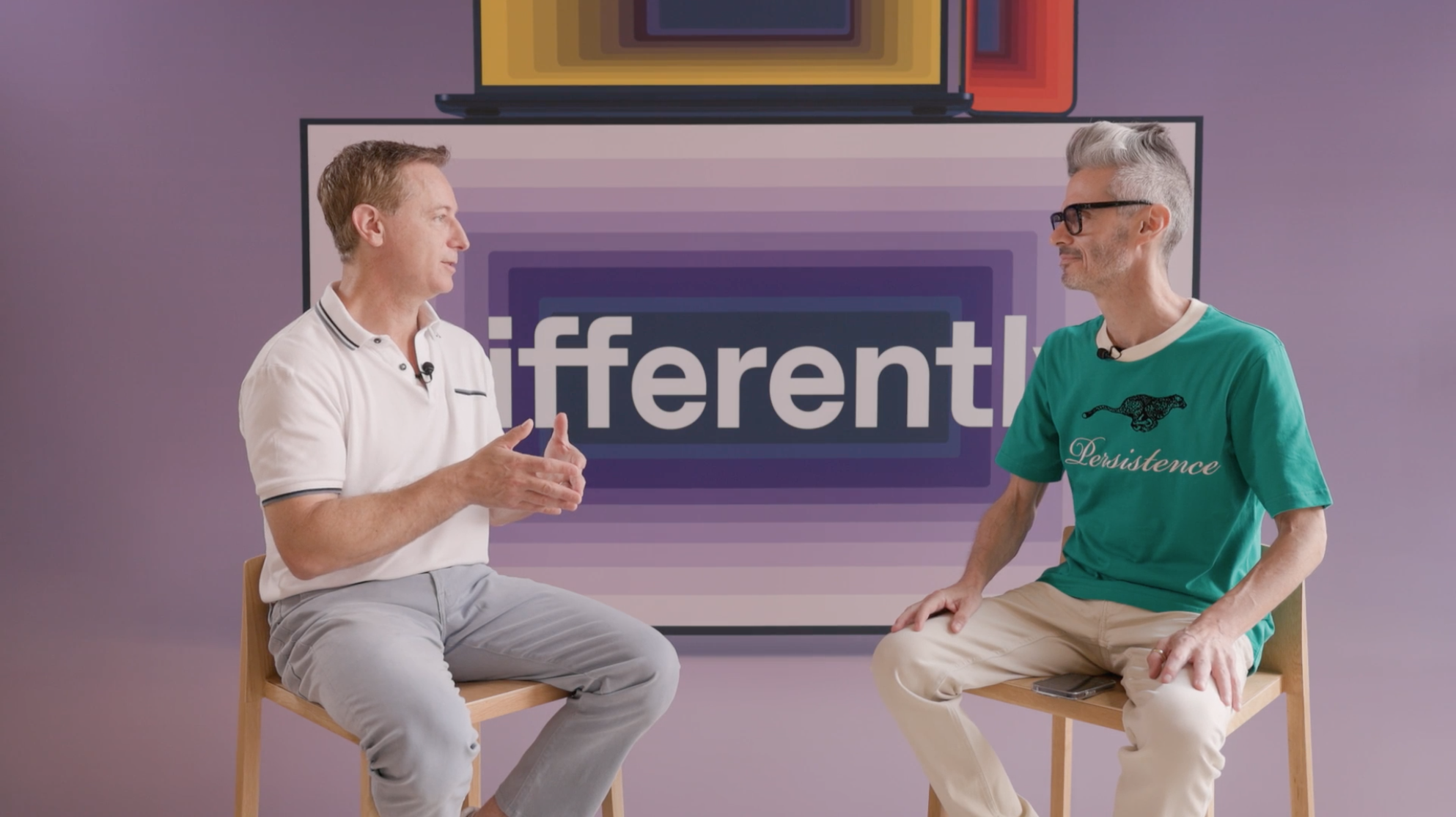Eye Spy iSpot Data

On this episode of Big Data Brains with Media Cartographer Evan Shapiro, iSpot.tv founder Sean Muller explains why multi-currency CTV has urgency and how Universal ID will change advertising.
Evan Shapiro: Hi, this is Evan Shapiro, your Media Cartographer. I'm here at Cannes Lions, and I'm talking to a bunch of Big Brains. I'm here with Sean Muller, founder of iSpot.
So iSpot is this fascinating company getting really into the data set of the media and advertising ecosystem. What does iSpot do?
Sean Muller: What iSpot does is actually really simple. We measure the effectiveness of TV and video advertising. So what that means is we do a full end-to-end measurement and optimization solution from creative audience to outcomes. We primarily sell directly to advertisers. We have over 400 large advertisers that are using our measurement platform. We also work with every single publisher, TV network, and programmatic platform on the sell side.
Evan Shapiro: How does iSpot measure efficacy?
Sean Muller: We measure the efficacy of each one of those components, as well as the interplay of each one. So what are the creative elements that really drive the desired outcome, and then what media environments does our creative work well in to ultimately drive outcomes. All these things are connected because ultimately a marketer cares about investing in TV and video, making great creatives, and targeting the right audience to deliver a business result. The iSpot platform provides the ability to manage, see, and optimize the effectiveness of that end-to-end.
Evan Shapiro: What should we be measuring for now in the advertising ecosystem?
Sean Muller: The most important thing we are measuring right now in terms of audience is audience delivery across all platforms. What advertisers want is a full, cross-platform, full video measurement. They want to know their linear, streaming, and social all together in one platform, all fully deduplicated. So really, we are solving for audience measurement that is fully duplexed and done in a consistent manner, despite the fragmented media landscape.
Evan Shapiro: How can we improve collaboration around data in the ecosystem?
Sean Muller: First of all, we have to innovate on data. We have to leverage big data and better ID. At iSpot, we have iSpot Data Connect, which is our big data and identity framework. We have data from VIZIO, LG, Roku, Charter, and more, mapping every household in the US with identifiers like IP addresses and email addresses to bring all that data together. It's about taking every data set, every media environment, and mapping it into a single ID spine consistently.
Evan Shapiro: How does good use of data help the consumer?
Sean Muller: One of the utilities of our platform is from an optimization perspective, where a publisher can tap into our platform and optimize the delivery of the advertiser to the consumer in a much more intelligent way. This helps target consumers better and understand their exposure to ads across platforms, reducing over-frequency, which is annoying for consumers.
Evan Shapiro: What is the importance of a Universal ID in the media ecosystem?
Sean Muller: A Universal ID is critical. It needs to be interoperable. It's the job of a measurement company to have its own ID spine that integrates with every media company, translating IDs using the right identifiers. Email addresses are becoming very important for connecting streaming, linear, and digital worlds. Advertisers need to trust companies like iSpot to handle a single accurate ID spine for consistent matching across media.
Evan Shapiro: How does iSpot's ID spine benefit advertisers?
Sean Muller: Advertisers can log into our dashboard to quickly see how effective their creatives are, seeing them in a deduplicated manner across publishers and platforms, and understanding how they deliver business results like website visits, purchases, or purchase intent.
Evan Shapiro: How should publishers and advertisers approach data collaboration?
Sean Muller: Publishers and advertisers need to be more open to radical collaboration, stepping back from the protectiveness of their own data. Companies like iSpot, who invest in helping advertisers understand audiences, ultimately benefit when publishers are open to integration, gaining trust and resulting in more advertising investment.
Evan Shapiro: What is the consumer's experience with good advertising?
Sean Muller: Consumers prefer compelling, relevant ads over random or repetitive ones. There's a misconception that consumers hate advertising, but they actually don't mind it as long as it isn't annoying or over-frequent and is contextual to their life.
Evan Shapiro: What advice would you give to advertisers today?
Sean Muller: The biggest challenge for advertisers is buying media across many platforms. My advice is to ensure they can see their audience in a single platform in a deduplicated manner. Unified measurement across linear, streaming, social, and digital is crucial.
Evan Shapiro: What is your final thought on video advertising?
Sean Muller: Advertisers should stop dividing their buying between social video and video, and see them as interoperable parts of the same experience.
Transcript edited for brevity and clarity.

